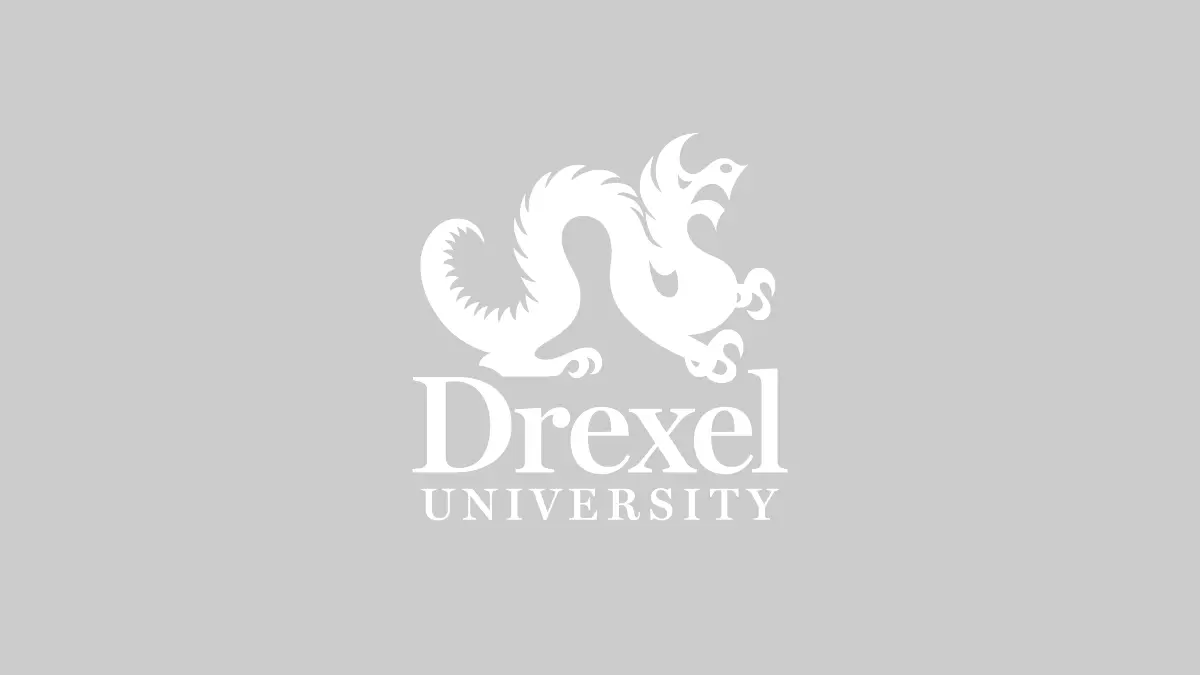
Assets Beyond the Balance Sheet
By Michelle Walker, MA, CAP
The full value of intangible assets is difficult to measure and to reflect on an organization’s balance sheet accurately. The industry has a few proxies for this: valuation of stock, R&D expenditures, goodwill, and share of the market. Similar proxies in the nonprofit sector are virtually impossible. However, nonprofit organizations are rich in intangible assets, including intellectual property (IP) assets.
As assets, a nonprofit’s IP requires governance oversight and thoughtful management as part of the board’s fiduciary duty. The IRS’s guidance to nonprofit boards is that managing IP is no less a fiduciary duty than oversight and management of the financial assets (Butzel & Kopans, 2014) .
If IP assets are not a part of your board discussions or governance processes, here are some questions you can ask to start the conversation.
What IP does the nonprofit have or use?
Think through how your nonprofit organization executes all of its business operations and program delivery. Look for various forms of copyright, trademarks, trade secrets, or patents.One of the most visible, and potentially valuable, forms of IP in an organization is the brand identity. Does your nonprofit’s brand rise to the level of trademark or service mark? Does your organization provide education or an intervention service? Is there written curricula for that service and is it a copyright asset?
What is the strategic value of that IP?
Is your nonprofit’s IP leveraged to achieve the mission? The same principles utilized in the industry of competitive advantage are at work and the board should spend some time thinking about the risks and opportunities those IP assets present.
On the risk side, consider which IP is critical to the main strategic work of the organization. Are there safeguards, like firewalls and other security, in place to keep sensitive copyright IP secure? Is your donor data, donor relationship information, confidential donor wealth/asset information, or client data information stored on an internal server or in the cloud? What kind of back-up protocols are there for these important assets?
On the leverage side, does your nonprofit think about how to grow or scale your impact or reach or have conversations about recruiting and retaining executive talent? IP assets are valuable tools in those strategic objectives that can signal your organization’s strengths beyond the balance sheet.
Does the organization have policies regarding IP?
Does your organization have a policy regarding IP creation, authorship, and ownership attribution for IP created for the organization? Depending on the work of your nonprofit, IP assets might be generated by staff, consultants, or by teams that cross organizational boundaries. If your organization creates IP in partnership with others, how is that asset shared? Who within the organization has day-to-day decision-making authority regarding the management of IP assets? These are important policy questions to help you start considering how your nonprofits IP assets can be thoughtfully and actively managed as an asset.
All of the questions above specifically focus on the asset facet of IP. When nonprofit boards start to examine IP assets, questions should begin to surface that focus on the second facet of IP: ownership rights and whether or not to exercise them. It’s important to know what IP assets there are and that fundamental oversight and risk management are in place before the board can develop an informed strategy for exercising ownership rights.
IP is integral to your nonprofit organization. IP assets support the mission, generate revenues, leverage donations, grants, and contracts, recruit and retain staff, protect and expand a niche, leverage partnerships and collaboration, and identify opportunities for acquisition and merger (Walker, 2014) . It’s important for nonprofit boards to think about their organization’s IP and ask the right questions.


